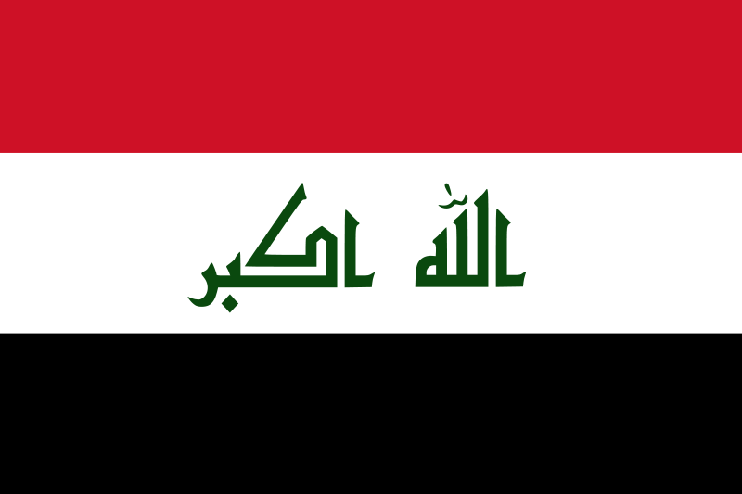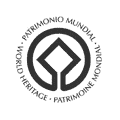|
The World Heritage Committee has inscribed
the following properties on the World Heritage List:
 |
1985 Hatra
A large fortified
city under the influence of the Parthian Empire and capital of the first
Arab Kingdom, Hatra withstood invasions by the Romans in A.D. 116 and 198
thanks to its high, thick walls reinforced by towers. The remains of the
city, especially the temples where Hellenistic and Roman architecture blend
with Eastern decorative features, attest to the greatness of its civilization. |
|
|
2003 Ashur (Qal'at Sherqat)
The ancient
city of Ashur is located on the Tigris River in northern Mesopotamia in
a specific geo-ecological zone, at the borderline between rain-fed and
irrigation agriculture. The city dates back to the 3rd millennium BC. From
the 14th to the 9th centuries BC, it was the first capital of the Assyrian
Empire, a city-state and trading platform of international importance.
It also served as the religious capital of the Assyrians, associated to
the god Ashur. The city was destroyed by the Babylonians, but revived during
the Parthian period in the 1st and 2nd century AD. |
|
 |
2003 Samarra Archaeological
City
The site of
a powerful Islamic capital city which ruled over the Abbasid empire extending
from Tunisia to Central Asia for a century. Located on both sides of the
River Tigris 130km north of Baghdad, the length of the site from north
to south is 41.5km; its width varies from 8km to 4km. It testifies to the
architectural and artistic innovations that developed there and spread
to the other regions of the Islamic world and beyond, the Great Mosque
and its Spiral Minaret, 9th century, are among the remarkable architecture
monuments of the site. |
|
The
World Heritage List was established under terms of The Convention Concerning
the Protection of the World Cultural and Natural Heritage adopted in
November 1972 at the 17th General Conference of UNESCO.
The
Convention states that a World Heritage Committee "will establish, keep
up-to-date and publish" a World Heritage List of cultural and natural properties,
submitted by the States Parties and considered to be of outstanding universal
value.
One
of the main responsibilities of this Committee is to provide technical
co-operation under the World Heritage Fund for the safeguarding of World
Heritage properties to States Parties whose resources are insufficient.
States
Parties can request international assistance under the Fund for the preparation
of tentative lists and nomination forms, expert missions, training of specialized
staff, and supply of equipment when appropriate; they can also apply for
long-term loans and, in special cases, non-repayable grants. Requests must
concern work necessary for the preservation of cultural or natural sites
included in the World Heritage List or assistance to national or regional
training centres.
Emergency
assistance is also available under the Fund in the case of properties severely
damaged by specific natural or man-made disasters or threatened with imminent
destruction.
source: www.unesco.org |
|





